Nature calls to us with promises of fresh air and stunning vistas, yet some trails offer more peril than most hikers ever signed up for. While countless hikers seek nothing more than peaceful scenery and moderate exercise, certain paths seem engineered to challenge every survival instinct imaginable. These definitely aren’t the gentle weekend walks you’d find at your local park.
Weather systems that shift without warning, crumbling cliff edges, and terrain that tests even seasoned adventurers — these trails have earned their fearsome reputations through decades of humbling experiences. Here are 18 hiking trails that might give you serious pause before you grab those boots.
Mount Washington
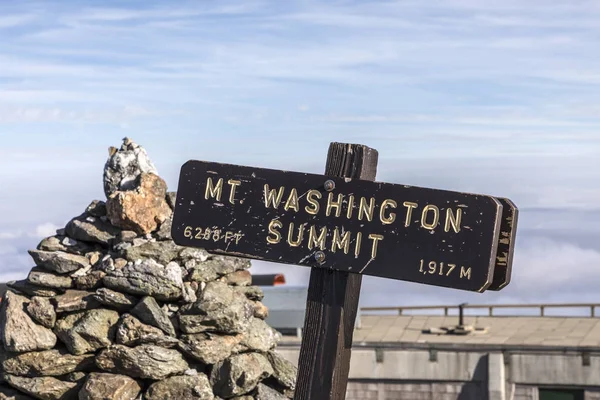
New Hampshire’s Mount Washington appears deceptively manageable from the trailhead, though this peak has claimed more lives than any other mountain throughout the Northeast. Weather conditions transform without the slightest warning — turning what begins as a gorgeous summer morning into a full-blown winter ordeal within minutes.
Hurricane-force winds strike regularly while temperatures plummet as much as 50 degrees between base and summit. Even veteran hikers find themselves completely unprepared for conditions that would challenge an Arctic explorer.
Angel’s Landing
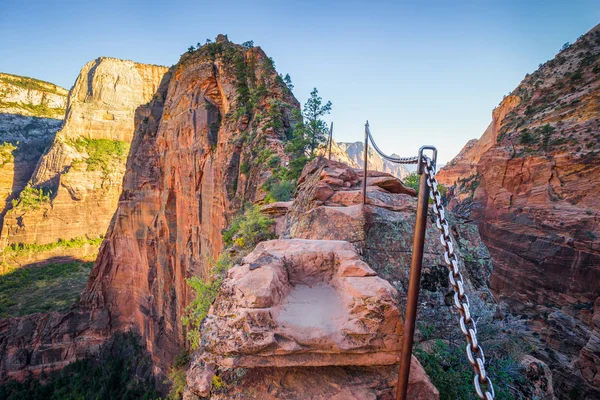
Zion National Park’s crown jewel concludes with a heart-stopping half-mile scramble along an impossibly narrow ridge — thousand-foot drops yawning on either side. The final approach demands gripping steel chains anchored into solid rock while fellow hikers attempt to squeeze past in the opposite direction.
A single misstep or flash of panic sends you plummeting down the express route, though the panoramic views are absolutely breathtaking if you can manage to appreciate them.
Like Travel Pug’s content? Follow us on MSN.
Half Dome Cables
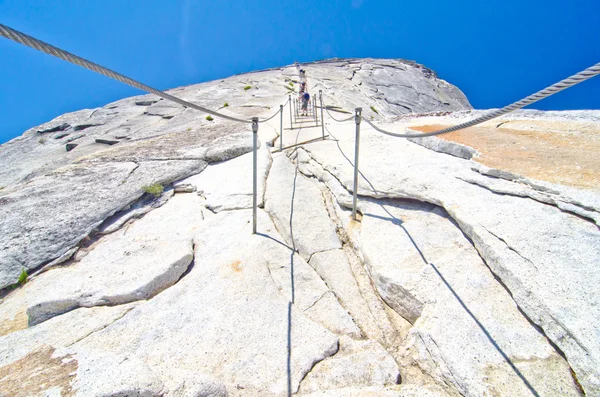
Yosemite’s legendary granite formation draws thousands annually, yet the final 400-foot climb essentially becomes rock climbing minus any safety equipment. Hikers haul themselves upward using steel cables positioned at a brutal 45-degree angle across smooth granite that turns treacherous when moisture appears.
Arms burn, legs tremble, and one slip could launch you down that rock face before you realize what’s happening.
Mount Katahdin
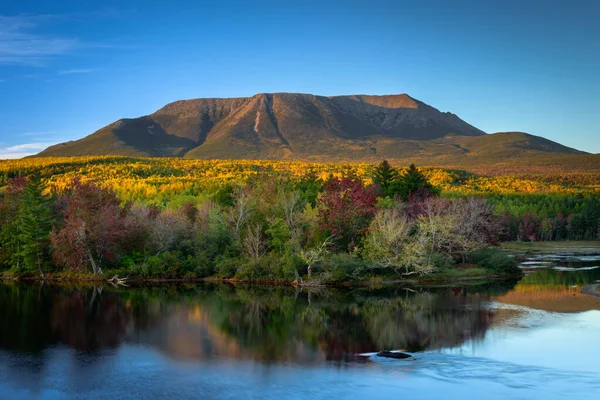
Maine’s tallest peak and the Appalachian Trail’s northern endpoint commands serious respect from anyone who approaches it. The aptly named Knife Edge trail lives up to its reputation — presenting a razor-thin ridge flanked by precipitous drops.
Weather shifts occur rapidly while rescue operations remain notoriously challenging due to the mountain’s isolated location. Sudden wind gusts have literally blown hikers off this exposed ridge, creating a genuine test of courage.
The Maze
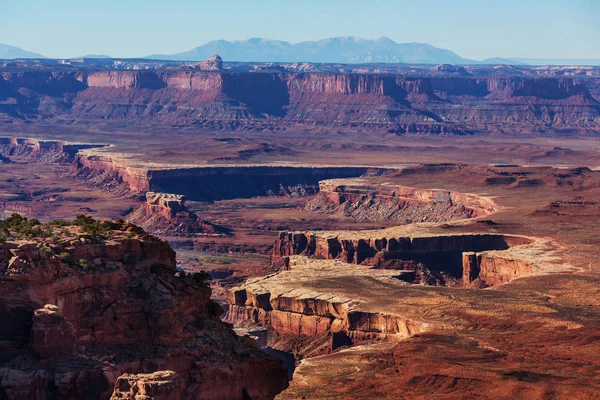
Utah’s most remote section within Canyonlands National Park doesn’t technically qualify as a standard hiking trail — instead offering a bewildering network of canyons requiring expert navigation abilities. Getting lost in this labyrinth potentially means perishing from dehydration long before rescue teams locate you.
Rock formations appear eerily identical throughout the area, GPS devices fail regularly, and emergency help is impossibly distant. Even experienced desert veterans have wandered aimlessly for days.
Like Travel Pug’s content? Follow us on MSN.
Bright Angel Trail
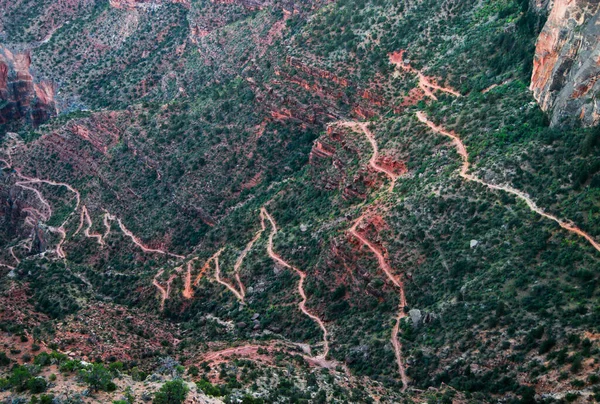
The Grand Canyon’s most frequented trail attracts visitors with its well-maintained pathway and strategically placed water stations — though appearances deceive. Real danger emerges during the return journey, since what descends must eventually ascend, and that’s precisely where trouble begins.
Heat exhaustion regularly claims victims while helicopter rescue teams maintain steady schedules extracting overconfident tourists from precarious positions.
Mount Elbert
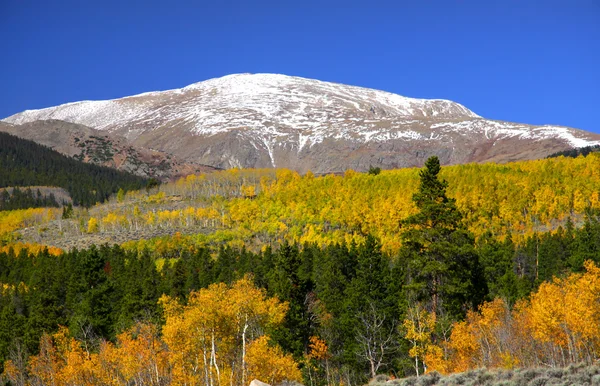
Colorado’s highest summit might present itself as a benign giant — but altitude sickness, however, shows no favoritism regarding fitness levels. At 14,440 feet elevation, the atmosphere becomes thin enough to leave some feeling as though they’re breathing through a narrow tube.
Afternoon thunderstorms develop quickly, and finding yourself above treeline during electrical activity essentially means playing odds with nature’s most dangerous forces.
Precipice Trail
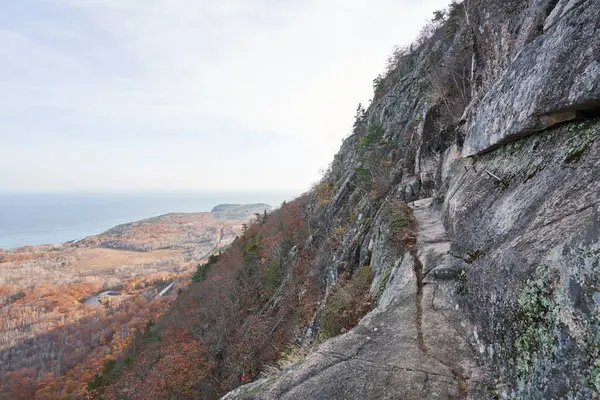
Acadia National Park’s most demanding route involves ascending sheer cliff faces using iron rungs and strategically placed handholds. Drop-offs prove substantial enough to weaken even steady knees while Maine’s persistently damp climate renders surfaces slippery.
One park ranger aptly described the experience as ‘rock climbing masquerading as hiking’ — and that assessment seems generous.
Like Travel Pug’s content? Follow us on MSN.
Mist Trail
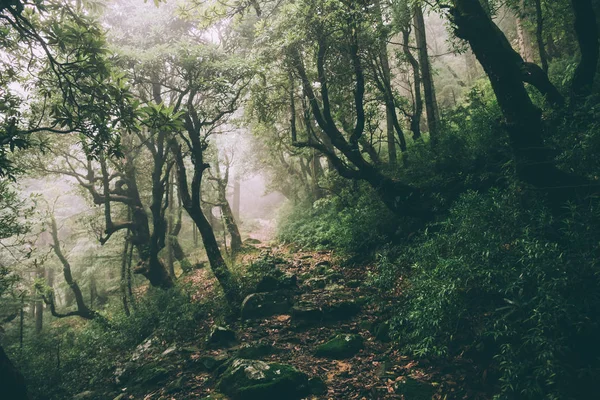
Yosemite’s Mist Trail toward Vernal Falls earns its designation from perpetual spray coating the granite steps adjacent to the waterfall. Those stone steps become ice-slick when wet — people slip and tumble every season without fail.
The pathway essentially functions as a natural staircase lacking handrails, with rushing water positioned perfectly to sweep anyone over the precipice.
Longs Peak
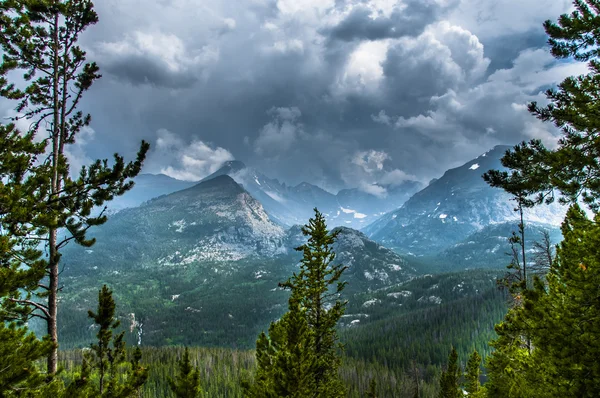
Colorado’s most prominent fourteener merges altitude challenges, unpredictable weather, and technical terrain into one formidable package. The concluding section requires scrambling across loose rock with considerable exposure — afternoon storms arriving like clockwork.
The notorious ‘Keyhole Route’ features segments where falling would certainly destroy your day, along with everything else.
Cascade Pass
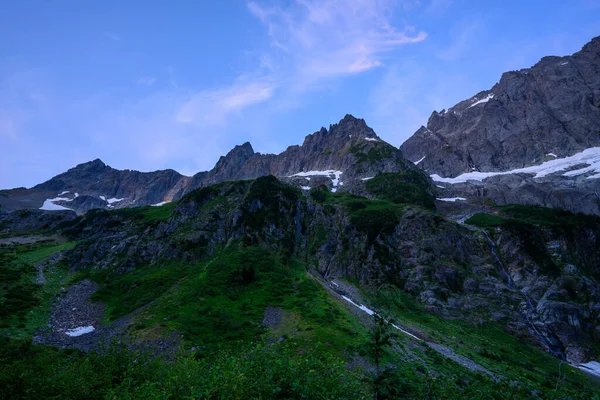
Washington’s North Cascades showcase incredible beauty, though weather patterns here shift more rapidly than a preschooler’s attention span. Hikers routinely encounter unexpected snowstorms during summer months, and trails can become completely impassable within hours.
The area’s remoteness complicates rescue operations significantly while cell phone service remains virtually nonexistent.
Like Travel Pug’s content? Follow us on MSN.
Old Rag Mountain
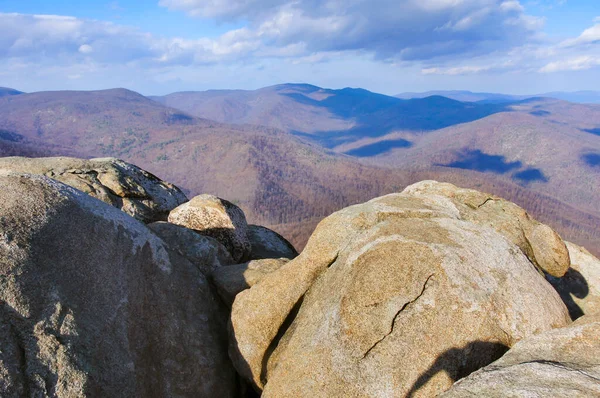
Virginia’s most celebrated rock scramble draws weekend adventurers who quickly discover they’ve tackled more than anticipated. The scrambling section demands squeezing through confined spaces and navigating massive boulders where mistakes carry real consequences.
Trail congestion creates hazardous bottlenecks where fatigued hikers often make questionable decisions under pressure.
Mount Lafayette
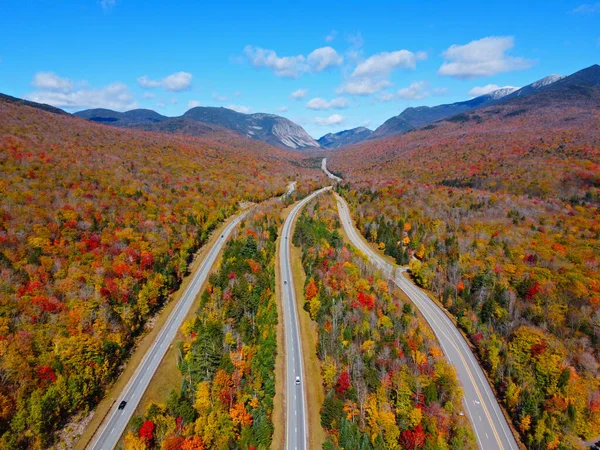
New Hampshire’s White Mountains have gained notoriety for wildly unpredictable weather conditions, with Mount Lafayette positioned directly in the center of this meteorological chaos. The exposed ridge walk delivers spectacular panoramas but offers zero shelter from wind and weather elements.
Hikers have found themselves trapped in sudden whiteout conditions, wandering off marked trails with sometimes tragic outcomes.
Franconia Ridge
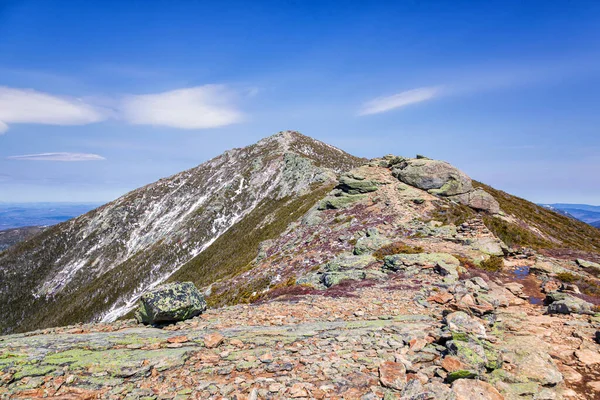
Another White Mountain treasure that marries incredible vistas with serious environmental exposure. The ridge traverse remains completely above treeline for multiple miles, leaving hikers completely vulnerable to lightning strikes, powerful winds, and rapid weather transitions.
While the trail itself presents no technical difficulties, environmental hazards create substantial risks for inadequately prepared adventurers.
Like Travel Pug’s content? Follow us on MSN.
Capitol Peak
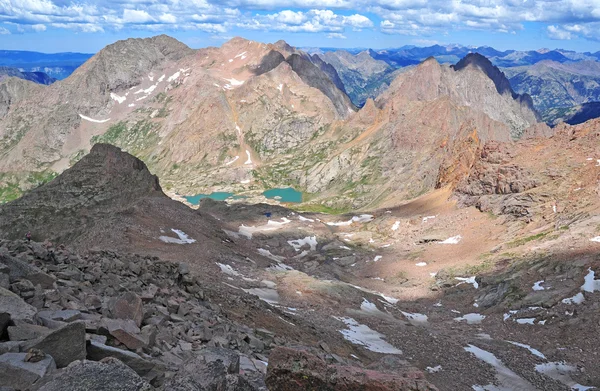
Colorado’s most infamous fourteener showcases the legendary ‘Knife Edge’ formation – an impossibly narrow ridge bordered by thousand-foot drops. Rock quality remains questionable, exposure levels are extreme, and a single wrong move guarantees a catastrophically long fall.
Even accomplished mountaineers experience second thoughts when confronted with what they’re expected to traverse.
Mount Evans
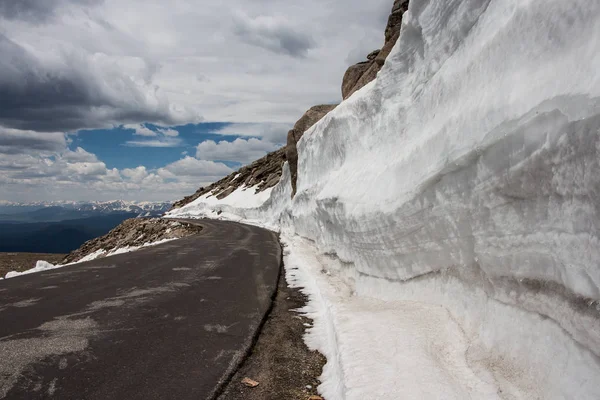
Colorado’s highest paved road access might suggest this peak offers easy accessibility, yet the combination of extreme altitude and volatile weather creates significant challenges. Afternoon thunderstorms arrive predictably and violently, while loose rock near the summit has contributed to numerous accidents over the years.
Easy road access unfortunately encourages unprepared hikers to attempt the summit without appropriate gear or knowledge.
Flattop Mountain
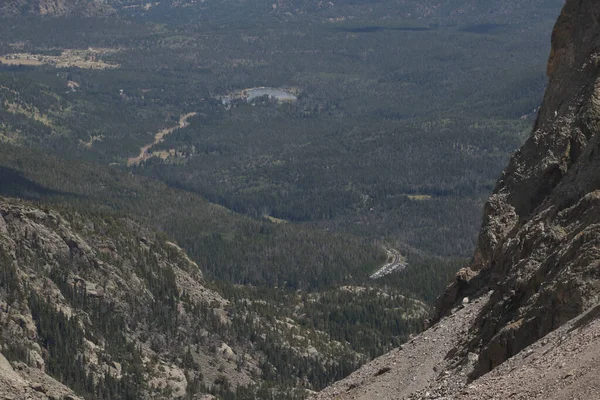
Rocky Mountain National Park’s apparently gentle giant conceals some genuinely serious hazards beneath its benign appearance. The trail crosses extensive exposed tundra where sudden storms can deliver snow and lightning even during peak summer months.
Hikers frequently become disoriented within the vast, featureless landscape above treeline, and altitude affects individuals quite differently than they typically expect.
Like Travel Pug’s content? Follow us on MSN.
Mount Mansfield
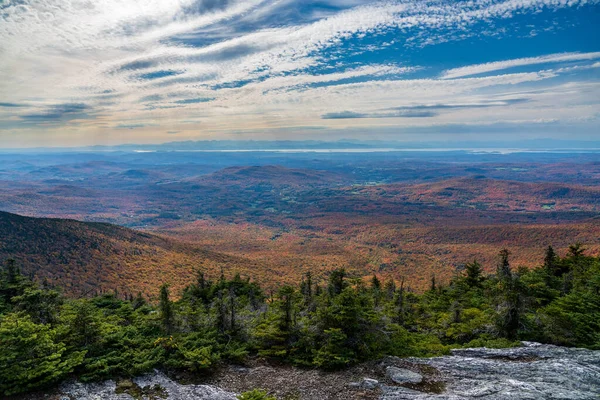
Vermont’s highest peak might appear modest compared to western mountain ranges, yet weather conditions here can prove absolutely ferocious. The exposed ridge has earned recognition for hosting some of New England’s most severe weather, featuring wind velocities that can physically knock people over.
Ice formation occurs on trails even during summer months, creating treacherous footing conditions that challenge the most experienced hikers.
Nature’s Harsh Lessons
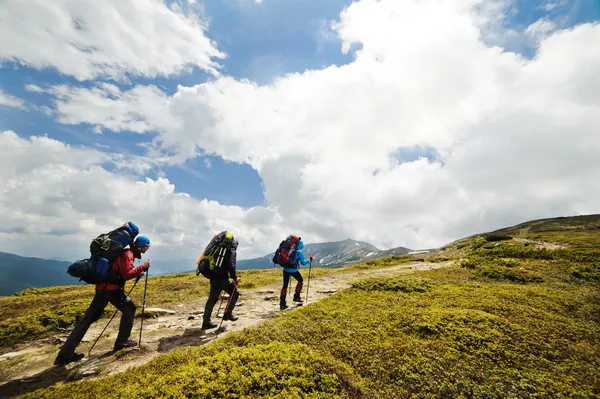
These challenging trails serve as powerful reminders that Mother Nature operates independently of our recreational schedules or social media aspirations. Mountains have been teaching humility to humans for millennia, and they show no signs of becoming more forgiving.
Though these routes provide extraordinary experiences for adequately prepared hikers, they also function as stark warnings that outdoor environments demand respect, thorough preparation, and occasionally a generous measure of practical wisdom.
More from Travel Pug

- 20 Best Beach Towns in the Carolinas
- 13 Destinations Where Tourists Regularly Regret Their Trip
- 20 Things You Actually Get in First Class
- 20 Small Airports With Aviation Museums
- 20 Places in the U.S. That Are Perfect for a Reset Trip
Like Travel Pug’s content? Follow us on MSN.
